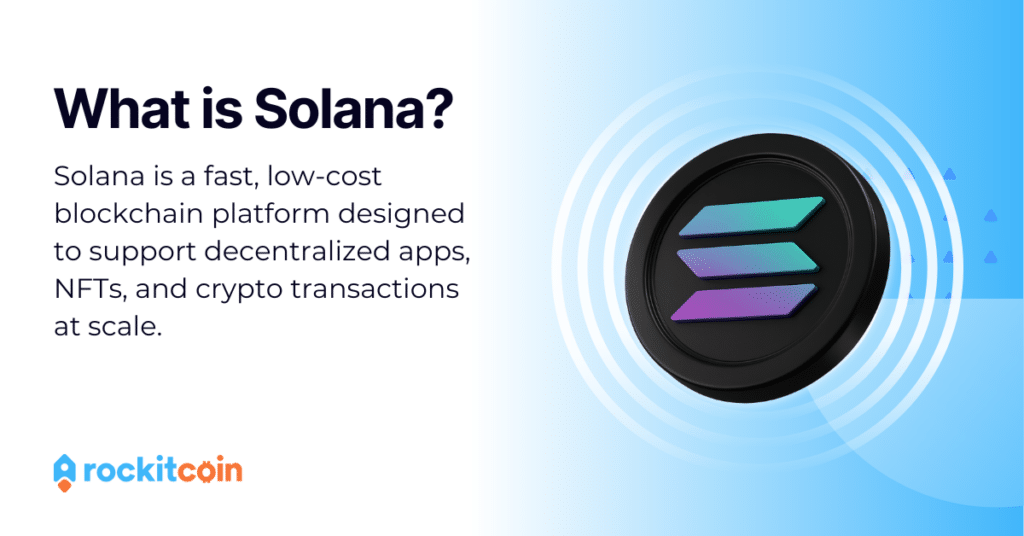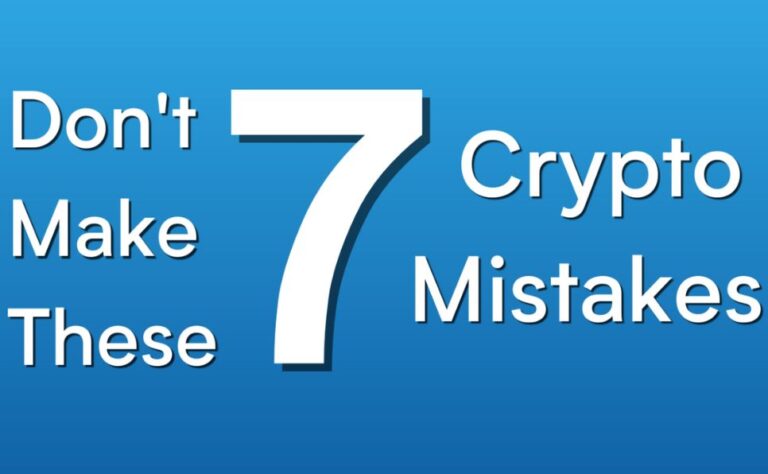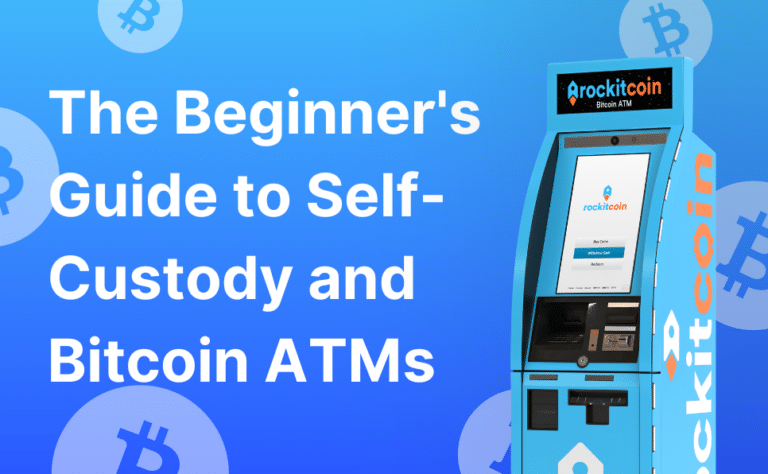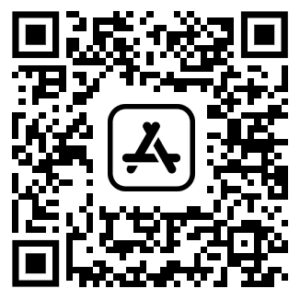Solana has become one of the most talked-about blockchains in the world of cryptocurrency—and for good reason.
With its lightning-fast speeds, ultra-low transaction fees, and growing list of applications, Solana is quickly becoming a go-to platform for developers and crypto enthusiasts alike.
But what is Solana, and why is it gaining so much attention?
In this beginner-friendly guide, we’ll explain what Solana is, how it works, how it compares to other blockchains, and how you can get started using it. Whether you’re curious about buying Solana, exploring its ecosystem, or just learning the basics, this article will walk you through everything you need to know.
Key Takeaways
- Solana is fast, cheap, and scalable. It was designed to solve the blockchain trilemma—balancing speed, security, and decentralization.
- It powers a wide ecosystem of apps. From NFTs and DeFi to memecoins and Web3 games, Solana is the foundation for a growing list of crypto experiences.
- Getting started is simple. With wallets like Phantom and tools like the RockItCoin app, anyone can buy SOL and explore Solana’s world.
What Is Solana?

Solana is a high-performance blockchain platform designed to support decentralized applications (dApps), smart contracts, NFTs, and cryptocurrencies.
It stands out because of two major features:
- Incredible speed: Solana can handle up to 65,000 transactions per second.
- Low costs: Fees are typically less than a penny.
Compare that to older blockchains that process only a few dozen transactions per second, and it’s easy to see why Solana is gaining attention. Even with all this speed, it doesn’t compromise on security or decentralization.
The native cryptocurrency that powers the Solana network is called SOL. It’s used to:
- Pay for transactions
- Stake and earn rewards
- Interact with apps built on Solana
Solana was launched in 2020 by Anatoly Yakovenko, a former engineer at Qualcomm.
His mission? To solve what’s known as the “blockchain trilemma”: how to create a blockchain that is secure, scalable, and decentralized.
Solana’s answer to that problem involves some clever technology, which we’ll explore next.
How Does Solana Work?
Solana uses a unique combination of two technologies: Proof of History (PoH) and Proof of Stake (PoS).
- Proof of History (PoH)
PoH is like a cryptographic clock. It creates a timestamped record of events in a specific order, allowing transactions to be verified efficiently. Most blockchains require communication between nodes to agree on timing. PoH eliminates that step, which speeds things up significantly. - Proof of Stake (PoS)
PoS brings in validators, or special users who stake (lock up) their SOL to help process transactions and secure the network. Validators are rewarded in SOL. This system is more energy-efficient than Bitcoin’s Proof of Work and supports faster, lower-cost operations.
Learn more about Proof of Stake (PoS)
Because of this hybrid model, Solana can support massive user activity without clogging the network or increasing fees.
What Makes Solana Different from Other Blockchains?
Solana’s biggest advantages are speed and cost.
Let’s compare Solana’s speed to Bitcoin and Ethereum, the two largest blockchains:
- Bitcoin: 7 TPS (transactions per second)
- Ethereum: 15-30 TPS
- Solana: 65,000 TPS
Think of Solana like the express lane on the crypto highway. While other blockchains are stuck in traffic, Solana zips right by. It’s this level of efficiency that’s helped it grow quickly in just a few years.
Of course, no blockchain is perfect. Ethereum has a larger user base and a more mature ecosystem, but Solana’s innovation and scalability make it a serious competitor.
What Can You Do on Solana?
There’s a lot happening on Solana! Here are just a few things you can do with it:
- DeFi (Decentralized Finance): Use platforms like Jupiter for token swaps or Orca for trading and yield farming.
- NFTs: Buy, sell, and trade NFTs on marketplaces like Magic Eden, one of the largest Solana NFT platforms.
- Gaming & Web3 Apps: Play blockchain-based games or explore decentralized social platforms built on Solana.
What makes it even better is the user experience. Solana apps are fast and affordable, making it easy for beginners to experiment without high costs.
Solana Memecoins
Memecoins have exploded in popularity on the Solana network. Tokens like BONK and WIF (short for Dogwifhat) have gone viral thanks to strong communities and meme-driven marketing.
Solana’s speed and low fees make it the perfect playground for these types of coins. Users can trade and interact with memecoins quickly and cheaply, which adds to the fun and hype.
However, it’s important to remember that memecoins are highly speculative.
Many are created as jokes or social experiments, and their prices can be extremely volatile. If you explore Solana memecoins, make sure you do your research and never invest more than you’re willing to lose.
Pros and Cons of Solana
Pros:
- Speed: Up to 65,000 transactions per second
- Low Fees: Usually less than a penny per transaction
- Growing Ecosystem: Rapidly expanding list of dApps, NFTs, and DeFi platforms
- Developer-Friendly: Great tools and support for builders
Cons:
- Network Outages: Solana has experienced temporary downtimes during periods of high traffic
- Centralization Concerns: Critics argue that too few validators control the network
- Still Maturing: Compared to Ethereum, Solana is newer and still evolving
Like any technology, Solana has trade-offs, but its benefits have attracted a growing global community.
Solana vs Ethereum: A Quick Comparison
Here’s how Solana stacks up against Ethereum:
|
Feature |
Solana |
Ethereum |
|---|---|---|
|
Transaction Speed |
~65,000 TPS |
~15-30 TPS |
|
Fees |
<$0.01 |
$1-$50+ depending on network usage |
|
Consensus |
PoH & PoS |
PoS (previously PoW) |
|
Ecosystem |
Growing rapidly |
Larger, more mature |
|
NFTs & DeFi |
Active marketplaces |
Industry Leader |
|
Stability |
Occasional outages |
Generally stable |
While Ethereum has first-mover advantage and a bigger community, Solana is carving out a place with innovation and efficiency.
Is Solana a Good Investment?
We don’t offer financial advice here, but we can give you the facts.
Solana has shown strong growth in a short time. It offers impressive technology, a passionate community, and growing adoption across DeFi, NFTs, and more.
That said, investing in crypto is risky. Prices can rise and fall quickly, and Solana has faced criticism for network downtime and decentralization concerns. As always, do your own research (DYOR) before making any investment decisions.
If you’re curious about buying SOL, it’s easy to get started using apps like RockItCoin or major exchanges.
How to Buy Solana
Getting started with Solana is simple:
- Set Up a Wallet: You’ll need a crypto wallet that supports Solana. Popular choices are the Phantom wallet or the RockItCoin app, which are beginner-friendly and secure.
- Buy SOL: You can purchase SOL through RockItCoin’s Buy with Card page or directly inside the RockItCoin app. It only takes a few minutes.
- Explore the Ecosystem: Once you have SOL, you can stake it, trade it, or use it in apps and games built on Solana.
- Practice Self-Custody: For maximum control, store your SOL in a wallet you own, not on an exchange. This keeps your crypto safe and accessible only to you.
Download the RockItCoin app today to begin your journey with Solana.
Conclusion
Solana is one of the most exciting blockchains in the crypto space today. Its unmatched speed, low fees, and thriving ecosystem make it a standout option for beginners and developers alike.
Whether you’re looking to buy your first crypto, try out an NFT marketplace, or build a decentralized app, Solana offers a powerful and user-friendly platform.
We hope this guide helped answer your questions. Now it’s time to explore, learn more, and decide if Solana is right for your crypto journey!








